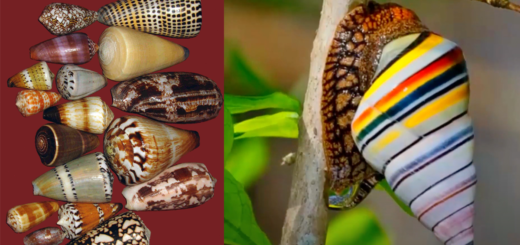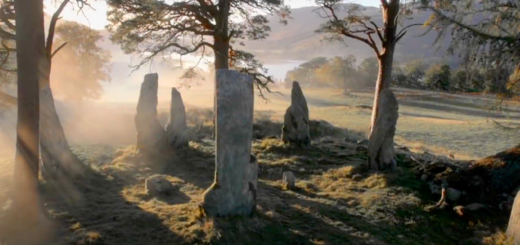Amazing Facts About Coffee: History And Various Other Tidbits

If you’re like us, your day doesn’t begin until your second (or third) cup of coffee. But did you know that every cup you buy or brew is part of a millennium-long history of one of the most delicious and contentious beverages the world has known?
It’s true: the coffee revolution sparked revolutions. It’s the drink of choice of artists, writers, political whirlwinds, and revolutionaries.
Despite its association with the outrageous, coffee also brings us together unlike almost any other beverage. Do you know about coffee’s fascinating place in our world? Here are our favorite amazing facts about these magic beans.
We Started Drinking Coffee Almost 1500 Years Ago
Coffee as we know it found its origins in Ethiopia sometime in the ninth century.
Its moment of discovery remains enshrined in local Ethiopian legend. According to the story, a man named Kaldi, who earned his living as a goat herder, found that his goats enjoyed eating a red fruit found on a shrub now known as a coffee plant. The berries sent the goats into a tizzy, giving them full plenty of energy. Curious, Kaldi tried the fruit for himself and found himself frolicking with his goats.
Not to leave the goats and their herders to their own devices, an Ethiopian monk harvested some of the fruit and brought it home to his monastery. Unsurprisingly, they experienced the same results: a serious caffeine buzz.
Since then, coffee transversed the entire world and transformed as it went.
Coffee Started Out as a Food
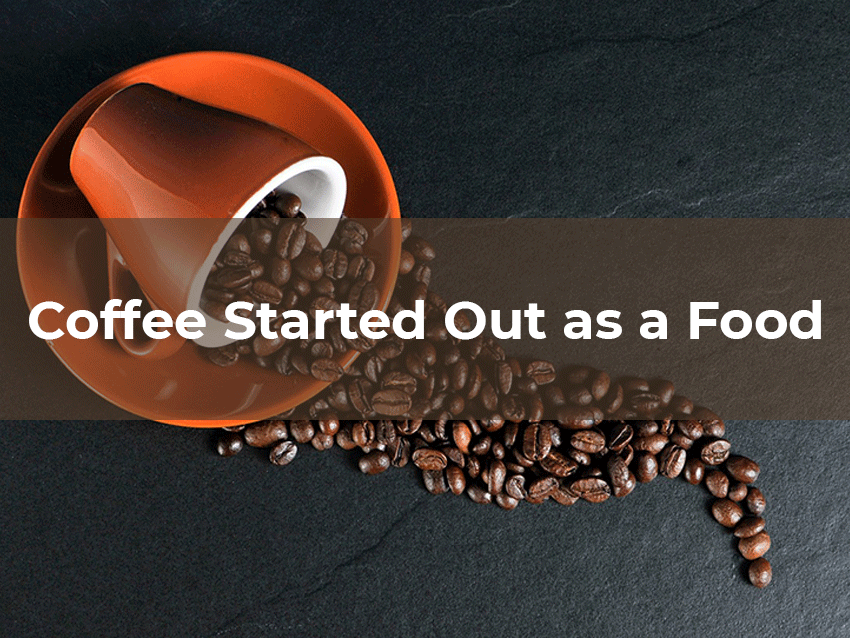
Coffee beans start out as a fruit that is similar to a small cherry. Long before the plant is dried, roasted, and ground, these berries turn right red when they’re ripe. Modern roasters extract what’s known as the coffee bean from the center of the fruit.
Coffee fruit lovers of history enjoyed the fruit and eventually the bean in many different rays. In its early days, people mixed the fruit with animal fat to create what could be described as the earliest version of a paleo snack bar so beloved by Crossfitters. Early drinkers also used the coffee fruit similarly to the way the Aztecs used the cacao fruit in a wine-like beverage. Sometime around the new millennium, people began to make drinks from the whole fruit including the pulp from the fresh, the bean, and the hull of the fruit.
It wasn’t until five centuries after the Kaldi’s goats’ legendary discovery that people began roasting the beans in a way somewhat recognizable to the way we enjoy it today.
Coffee As We Know It Began on the Arabian Peninsula
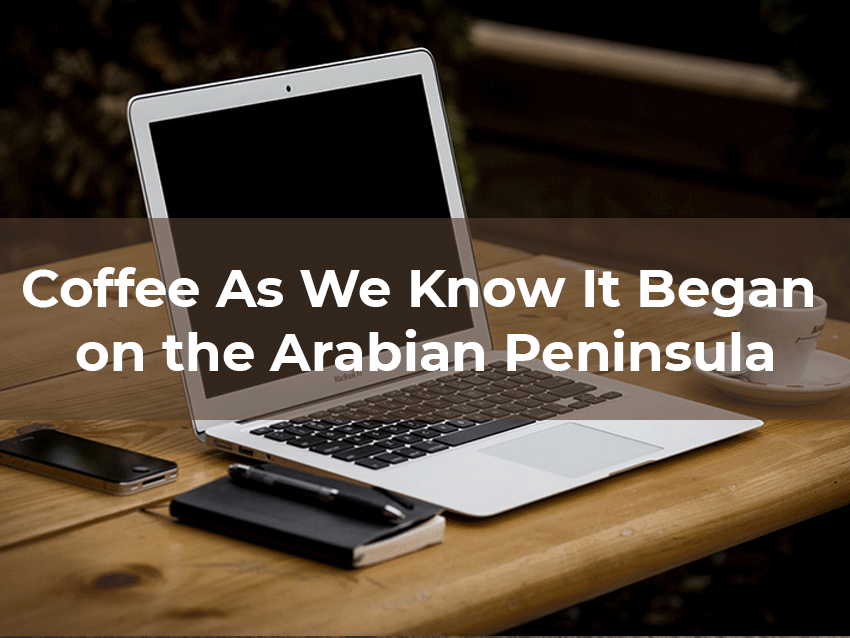
When we think about coffee, our mind shifts to subtropical coffee growing regions in Central and South America and Africa. Coffee as we know it began to evolve in Persia in the 11th century where it was imported directly from Ethiopia.
Persians loved the brew and called it the “wine of Islam” because alcohol was strictly forbidden.
Coffee became popular among Arab Muslims during the 15th century when it spread from Mecca and Medina into the rest of the Kingdom of Arabia. From here, it spread like wildfire, and Cairo met coffee in 1510.
The coffee itself didn’t just spread, but the first well documented of instances of coffee culture also arose. The first coffee house in the region opened in Damascus in 1530 and a second opened in Aleppo in 1532. As you’ll see, coffee houses hurt coffee almost as much as they helped it.
Coffee Drinkers Were Criminals
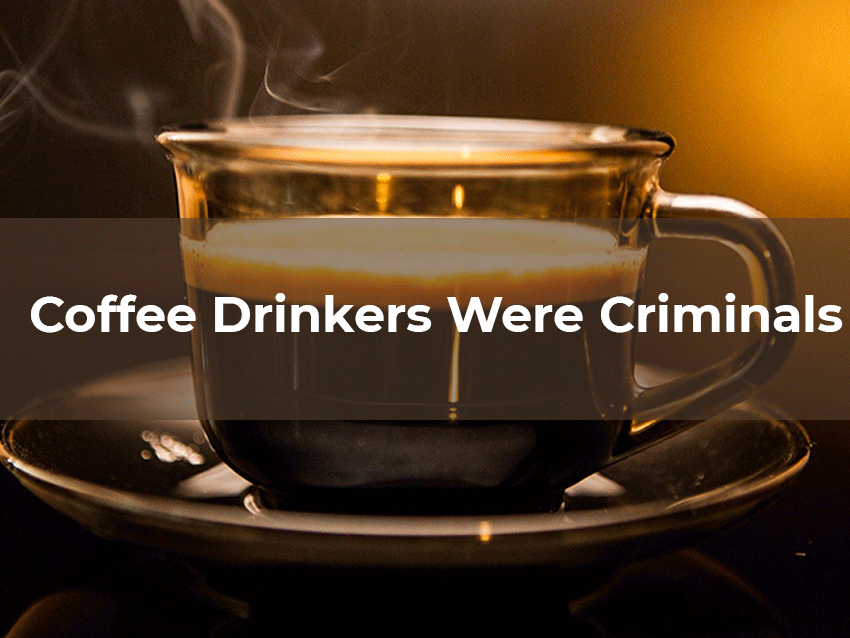
Goats may have loved coffee, but kings, judges, and religious leaders didn’t.
As coffee took the world by storm, governments across Europe and the Middle East attempted to resist the fervor with which citizens embraced the caffeinated drink.
At one point, Islamic jurists pondered whether a caffeine high is on par with intoxication. Intoxication was prohibited, and if coffee produced the same effects, it needed to go, too. Attempts to ban the bean were mostly unsuccessful. One jurist issued multiple fatwas in the 15th century in favor of legal coffee. His argument: we’ve enjoyed it until now, why stop?
Coffee was banned and then re-admitted at various places across history. It’s association with public coffeehouses, where people also gambled, smoked, and talked politics, didn’t helps the bean’s reputation. More than one king weighed the option of banning coffee as a proxy for banning political dissent and immoral vices.
Europe saw the same on-again-off-again relationship with the drink. In Europe, the tea traders and beer makers held an iron grip on the beverage economy. Strangely, the British East India Tea Company though it should meddle in the coffee trade through attempts to force the government to regulate it. Interest groups representing wine, beer, and tea flooded royal courts and houses of parliament across the country.
Sweden banned coffee at various points over 60 years between the years 1756 and 1817. France redirected all coffee imports to Marseilles to channel profits (and taxes) in the right direction.
Charles II of England found himself confronting the same issues as Middle Eastern rules. Coffee houses in England were producing rebels and men more concerned with vices than their jobs. He was particularly concerned with the “diverse False, Malicious and Scandalous Reports” that were devised and spread abroad. He issued a ban on coffee houses with a public proclamation – A proclamation for the suppression of the coffee-houses – in 1765.
The elite’s problem with coffee wasn’t so much with the caffeine high as much as it was with those who drank it, but they continued to ban coffee anyway.
Coffee Fiends Around the World
Coffee truly is a global drink. With origins in Africa and expansion through Arabia and an eventual take over of Europe, it’s one thing that almost all of us have in common.
Still, some people love coffee more than others.
In the United States, New Yorkers drink seven times more java than any other city in the United States. Now you know why it’s the city that never sleeps.
But while New Yorkers are rarely caught without a cup in their hand, they’re not the world’s biggest coffee fiends. In fact, despite the contribution of New Yorkers, the United States is only the 26th biggest coffee consumer per capita.
Who drinks the most coffee? According to the International Coffee Organization, the top drinkers are:
Coffee isn’t the drink of choice in Brazil, which came in at spot 15 with 5.5 kg per capita consumer annually. Even so, Brazil is the biggest exporter of coffee per year and has held the top spot for over 150 years. The other biggest coffee producers – Vietnam, Colombia, Indonesia, and Ethiopia – don’t make the top 20 list either.
Not sure how the U.S. could only rank at #26? Never fear. The United States is home to more Starbucks per capita than almost any other country bar Monaco. Americans enjoy 41 Starbucks stores per one million inhabitants. Monaco has 52.08 per million residents.
Famous Coffee Fiends
Coffee and culture have been intertwined since we started roasting beans.
Some of the most revolutionary thinkers, writers, and cultural icons in European and American history have also been complete coffee fiends.
Who among our movers and shakers weren’t found without a cuppa?
Voltaire famously drank 40 to 50 cups of chocolaty coffee per day. Soren Kierkegaard didn’t drink quite so much, but he didn’t need to: he liked it strong and filled it with up to 30 sugar cubes in a single cup. Ludwig van Beethoven loved his coffee, but his love came with conditions: he counted out 60 beans to make every cup of coffee.
Scourge in the side of Britain and dictator Napoleon Bonaparte loved coffee so much that he said: “I would rather suffer with coffee than be senseless.”
Some of our modern cultural icons love the brew so much they’ve got their own blends. Canadian novelist Margaret Atwood never starts her day without a cup – Balzac’s Coffee Roasters named one blend “The Atwood Blend” to raise money for charity.
David Lynch gets by on four to seven cups a day. Is every cup made from his personal blend, David Lynch Signature Organic Coffee?
Coffee is Amazing

What beverage today boasts of such a long, globe-trotting history? Coffee’s origins may date back to rural Ethiopia in 850 A.D., but it’s as modern a drink as any and it’s attached to some of the most important ideas shaping our modern world.
Did you learn something you didn’t know about your favorite drink? Share your favorite facts in the comments below.




